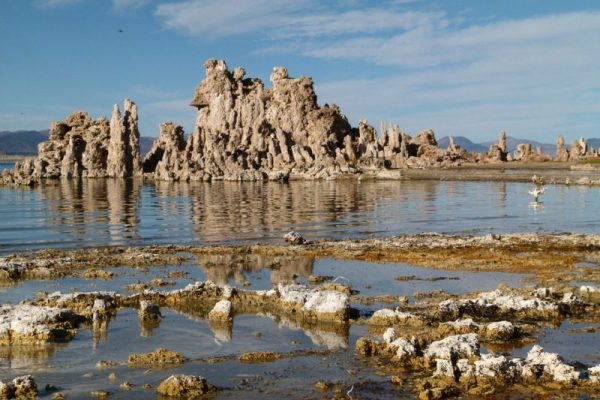Mono Lake in California contains super salty, arsenic-laced water and very few signs of life. Now, researchers have found eight worm species that thrive in the extreme ecosystem — and one of those species has three sexes, according to a new study.
Mono Lake lies in the eastern Sierra Mountains and serves as habitat for brine shrimp, diving flies, bacteria and algae, but nothing else — or so scientists thought. Biologist Paul Sternberg and his colleagues at the California Institute of Technology thought that microscopic worms called nematodes might lurk in Mono Lake, partially because the wriggling creatures are considered the most abundant animals on the planet, the researchers said in a statement.
Sure enough, during expeditions to the lake, the team found microscopic worms that can withstand 500 times more arsenic exposure than a human can, according to the study, published Thursday (Sept. 26) in the journal Current Biology.
“Mono Lake is famous for being a limited ecosystem in terms of animals … so it’s really cool that they’ve managed to demonstrate that there are a bunch of nematode species living in there, as well as the shrimp and the flies. It expands the whole ecosystem considerably,” Lucy Stewart, a microbiologist at GNS Science in New Zealand who did not participate in the study, told The Scientist.



